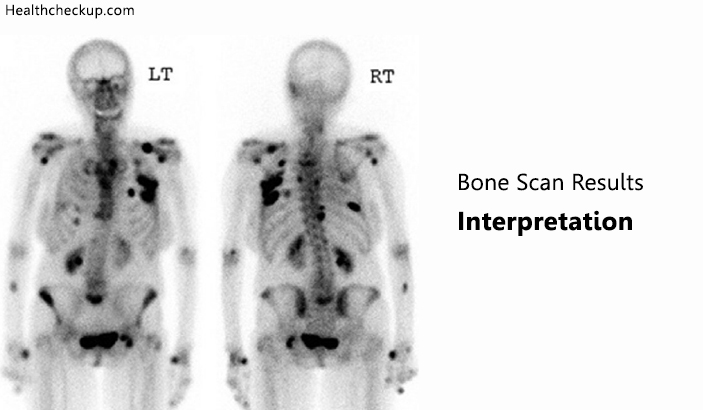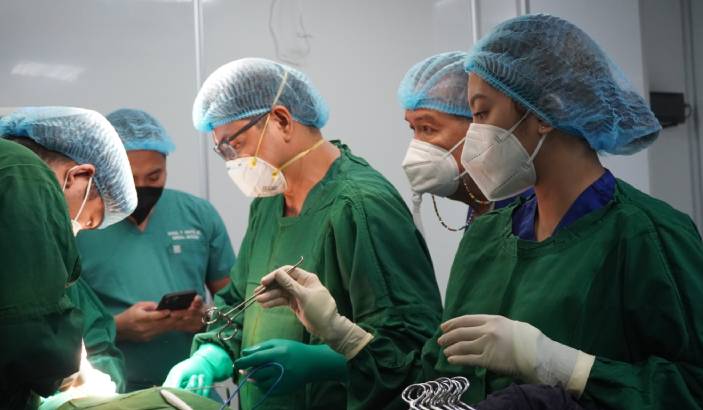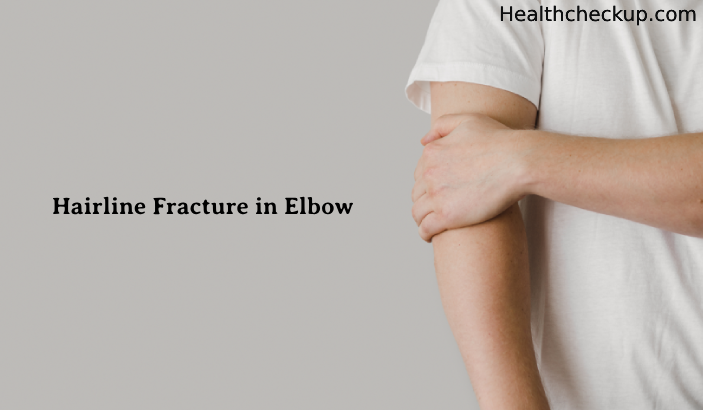A bone scan uses images to check for bone damage or disease in the human skeleton. It is carried out to help a doctor evaluate how well your bones are functioning. Bone scans evaluate the metabolism of your bones. Bone metabolism is the action of bones breaking and rebuilding themselves. To achieve this, a bone scan uses a radioactive marker known as a radionuclide.
What Does A Bone Scan Show?
A bone scan reveals a wide range of ailments in your bones. This scan helps identify the underlying cause of what is causing your bones not to function perfectly. It can be used to check for early signs of bone cancer, bone injuries and diseases. The tests also check for fractures, avascular necrosis and Paget’s disease. A doctor can also use bone scan for arthritis and also to check how well a bone is healing or deteriorating due to a certain infection. This procedure can also be used as a bone density scan for patients with osteoporosis.
When to Get A Bone Scan
Although it is advisable to have a bone scan, there is no specific or set out time to get a bone scan. It can be carried out along with other routine health checks after a certain period of time. However, a doctor can request a bone scan for various reasons including;
- To get a better knowledge of bone trauma where X-ray is limited.
- To better view fractures and determine their age.
- To check for Osteomyelitis.
- In the case, you have unexplained bone pains.
A bone scan may be requested by a doctor annually or bi annually to check the spread of an already diagnosed disease.
Bone Scan Preparation
There are no general rules or guidelines to govern how prepared one should be when going for a bone scan. However, there are a few pointers to observe, that can make the procedure a bit more comfortable.
- You should take of all metallic objects before entering the scanner. Empty your pockets and take off any ornaments.
- You are advised to empty your bladder first. This will allow for a better view of the pelvic bone that may be obstructed by urine.
- Let your medical caregiver know if you are expectant or breastfeeding a child.
- When in the scanner, do not move a lot. Too much movement obscures the images and may result in inaccurate results.
- You can have a family member or a close friend accompany you to help you conquer your fear.
- You should drink lots of clean water and fluids to keep you hydrated. The fluids also help in the expulsion of the unused radiotracers in the body.
Bone Scan Procedure
A bone scan has a generally simple procedure. It can be done even on out-patient. A doctor may ask you to change your clothes off and wear a hospital gown. An intravenous line is then started on the arm or hand. This intravenous is used to inject the radioactive tracer into the vein. Once introduced, the tracer is left for around 1-4 hours. This all depends on the reason the doctors requested a bone scan.
After the tracer has travelled to various bones and tissues the doctor calls you to the scanning machine. By this time the radiotracer has started wearing off and producing Gama rays. You lay down still after taking off all metallic objects. The scanner passes over your whole body taking pictures of where the radiotracer is accumulated. It does this by scanning for these Gama rays.
Bone Scan Results and Interpretation
After taking a bone scan, your results will be read to you by a qualified doctor. Mostly, they use a simple and easy to understand language. It is however nice to know what scan results mean. If the radiotracer or dye used is spread evenly all over your body, the results are normal.
You do not have a major bone ailment troubling you. In your bone scan results, there are areas called Hot Spots. Darker spots are also known as Hot Spots. Lighter ones are called Cold Spots. The dark is the places where the dye has accumulated more. Light spots are the areas where the dye does not collect. Bone scan hot spots white or dark are a sign of bone deformation or ailment.
How Long Does A Bone Scan Take?
The procedure for a bone scan does not take very long. Once you are injected with the radiotracer, scanning can begin depending on what sickness the doctor is scanning for. It takes at most four hours for the radiotracer to flow through your body. During this time you can even leave the medical facility. The radioactive material in your body is too little to affect people around you. The scanning period is when you have to be physically present and takes generally around one hour in most cases.
Bone Scan Side Effects
Despite the many advantages of bone scanning, this procedure has a few shortcomings. Though not often, some patients may suffer some side effects. These effects include
- There is a very minimal risk of radiation. The amount of radioactive material used is quite small but can stay in the body for up to four days. This can cause healthy cells to mutate and become cancerous.
- You may develop allergies. You may have skin or other allergies caused by the radiotracer.
- You may experience dizziness when waking up from the scanning table.
- Some swelling or redness on the part where the intravenous or radiotracer was injected.
Medically Reviewed By

Professionally, a trained Microbiologist and Plant operator, Eustace is an experienced health content writer who is passionate about helping people lead a healthy life.








